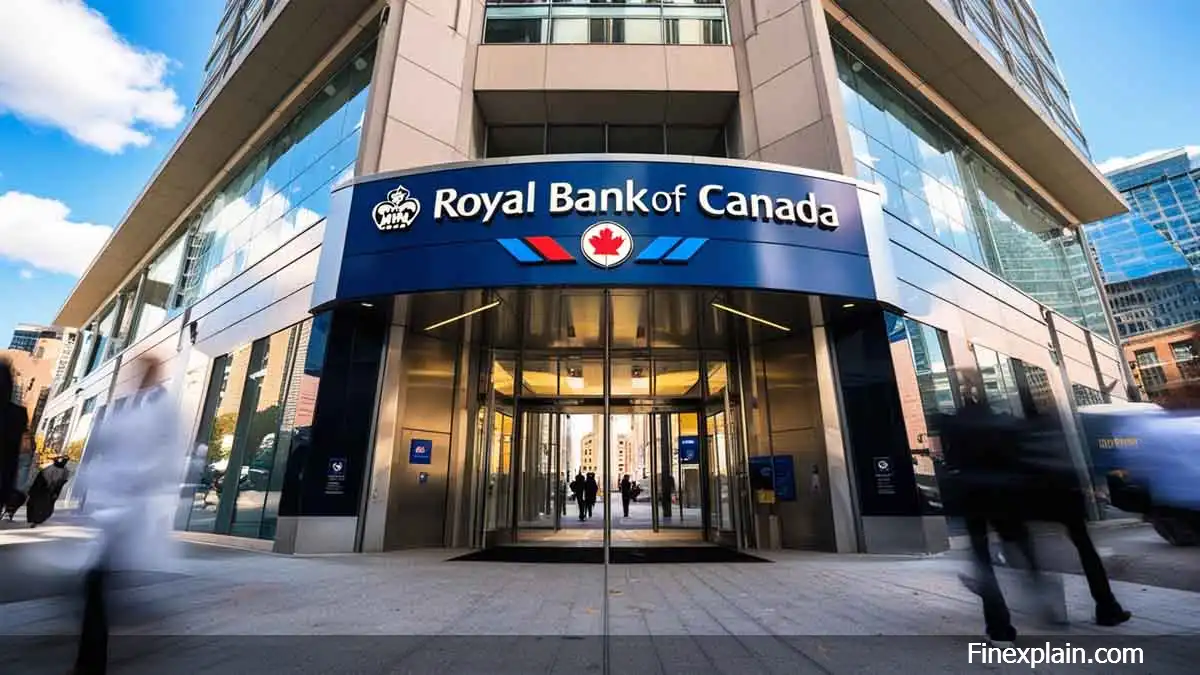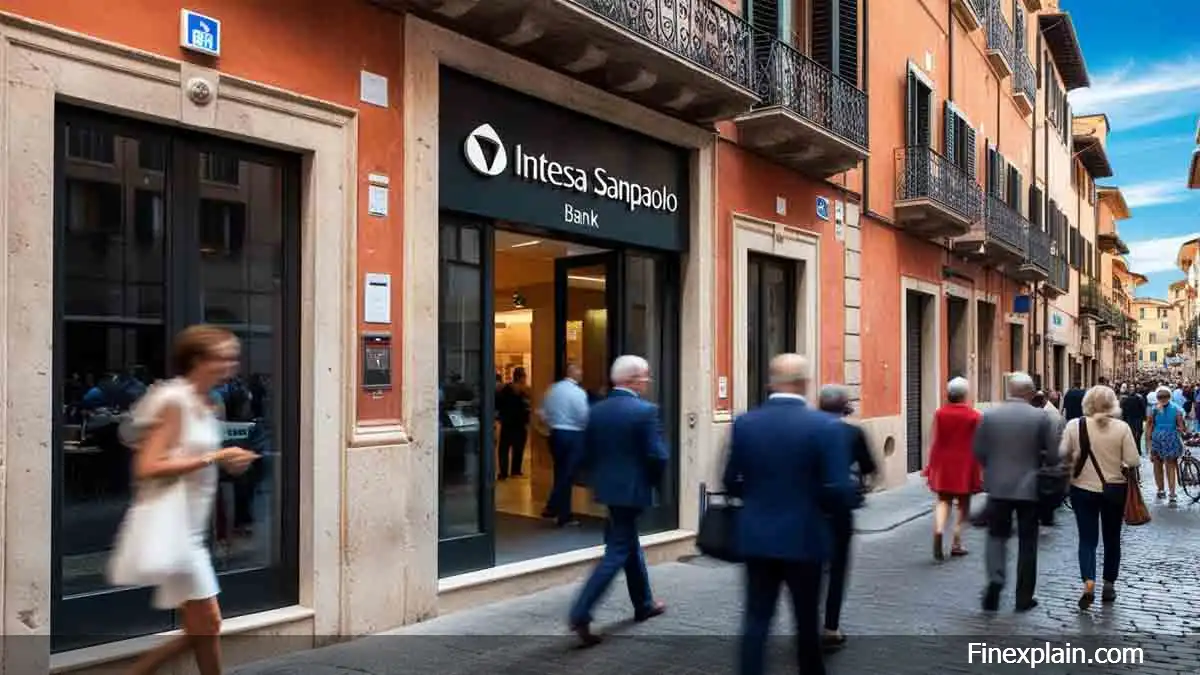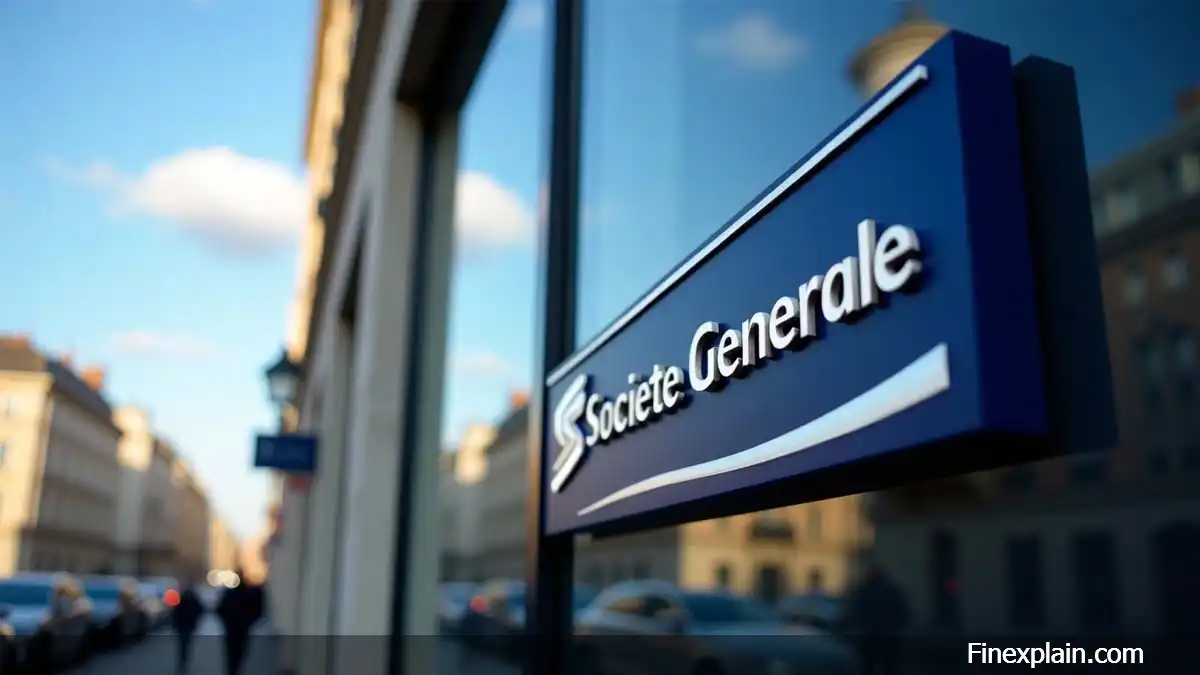If you've ever wondered why your bank gives you money back when you spend—it’s not because they’re being generous. Cashback rewards are a strategic financial tool used by banks to attract customers, boost spending, and increase profits. Let’s explain how and why this works, and look at some finance facts from around the world to understand the full picture.
What is cashback, and how does it work?
Cashback is a financial incentive where banks return a small percentage of your spending back to you, typically between 0.5% and 5%, depending on the card type, category of purchase, and the country. It often applies to credit card purchases but can also be offered on debit cards or via special promotions.
For example:
- You spend $500 using a cashback credit card with 2% cashback.
- You receive $10 back—either as a direct deposit, credit toward your balance, or reward points.
Why do banks offer cashback at all?
At first glance, it might seem like banks are losing money, but the reality is the opposite. Here’s why they offer cashback:
1. Encouraging credit card usage
Banks earn money from interchange fees every time you use your card. In the US, this fee is typically around 1.5% to 2.5% of the transaction, paid by the merchant to the bank. Offering cashback encourages card usage, increasing fee income.
2. Customer acquisition and loyalty
Cashback is a proven marketing tool. According to a 2023 Deloitte study, 67% of credit card users in the US chose a new card based on rewards, with cashback being the most desired perk.
3. Interest income from balances
Many people don’t pay off their full credit card balance each month. When they carry a balance, banks charge annual interest rates of up to 25% or more, making cashback an investment that pays off long-term for banks.
4. Partnerships with retailers
Banks often partner with brands and stores to offer category-specific cashback (e.g., 5% on groceries or gas). These retailers co-fund the cashback in exchange for more foot traffic and customer engagement.
Country comparisons: How cashback works around the world
🔷 United States
The US is the most mature cashback market. Most major banks offer 1% to 2% base cashback, with premium cards offering up to 5% in rotating categories. Cards like Chase Freedom or Citi Double Cash are prime examples.
- Fact: The average US household earns $300–$600 per year in cashback rewards.
- Cashback is often tax-free unless it’s part of a business incentive.
🔷 United Kingdom
UK banks and credit card providers also offer cashback, but at slightly lower rates. For example:
- Barclaycard may offer 1%, while American Express UK offers up to 5% in the first few months.
- However, due to regulatory caps on interchange fees in the UK (0.3% for credit cards), banks offer fewer rewards than in the US.
🔷 Germany
Germany traditionally favors debit cards and cash, so cashback is less common. Still, banks like DKB and N26 provide limited cashback through partner offers or premium plans.
- Example: N26 Metal users may get 0.5% cashback on purchases.
- Cashback is more often offered as discount codes or loyalty perks.
🔷 China
China’s digital payments scene is dominated by WeChat Pay and Alipay, both of which frequently offer cashback promotions in partnership with retailers.
- Cashback is used here to promote app usage and brand loyalty, often tied to seasonal sales or gamified reward systems.
- Banks also offer "spend and earn" campaigns with credit cards in major cities.
Does cashback actually benefit consumers?
Yes, if used wisely. Cashback can reduce the real cost of everyday spending, especially when:
- You pay your balance in full every month.
- You shop within high-cashback categories.
- You take advantage of sign-up bonuses or limited-time offers.
However, if you carry a balance or overspend just to "earn rewards," the interest and fees will outweigh any cashback gains.
What’s in it for the bank? A finance reality check
Let’s run some numbers:
- A customer spends $10,000 per year.
- The bank earns 2% in interchange fees = $200.
- They give 1.5% cashback = $150.
- The net revenue = $50 — plus potential interest from unpaid balances and data on spending behavior.
Multiply this across millions of users, and cashback becomes a highly profitable strategy.
Conclusion: Cashback is a win-win – if used right
Banks offer cashback not as charity, but as a strategic financial move to earn more through increased spending, loyalty, and interest payments. For consumers, it can be a great deal—if you understand the system and avoid the debt trap. In a modern finance landscape where spending data is gold, cashback is just one of the many tools banks use to keep you engaged—and profitable.
Share this article:





